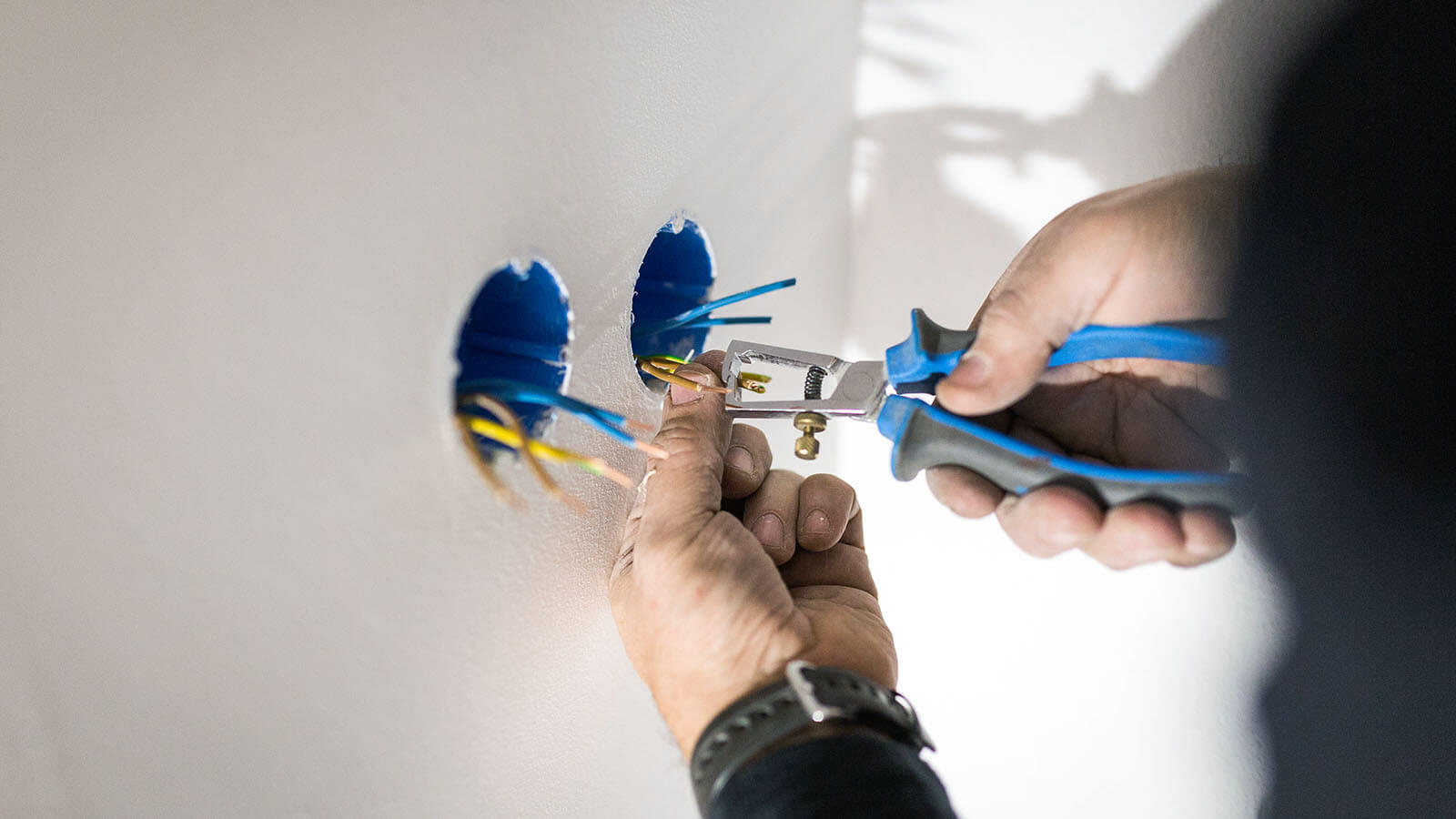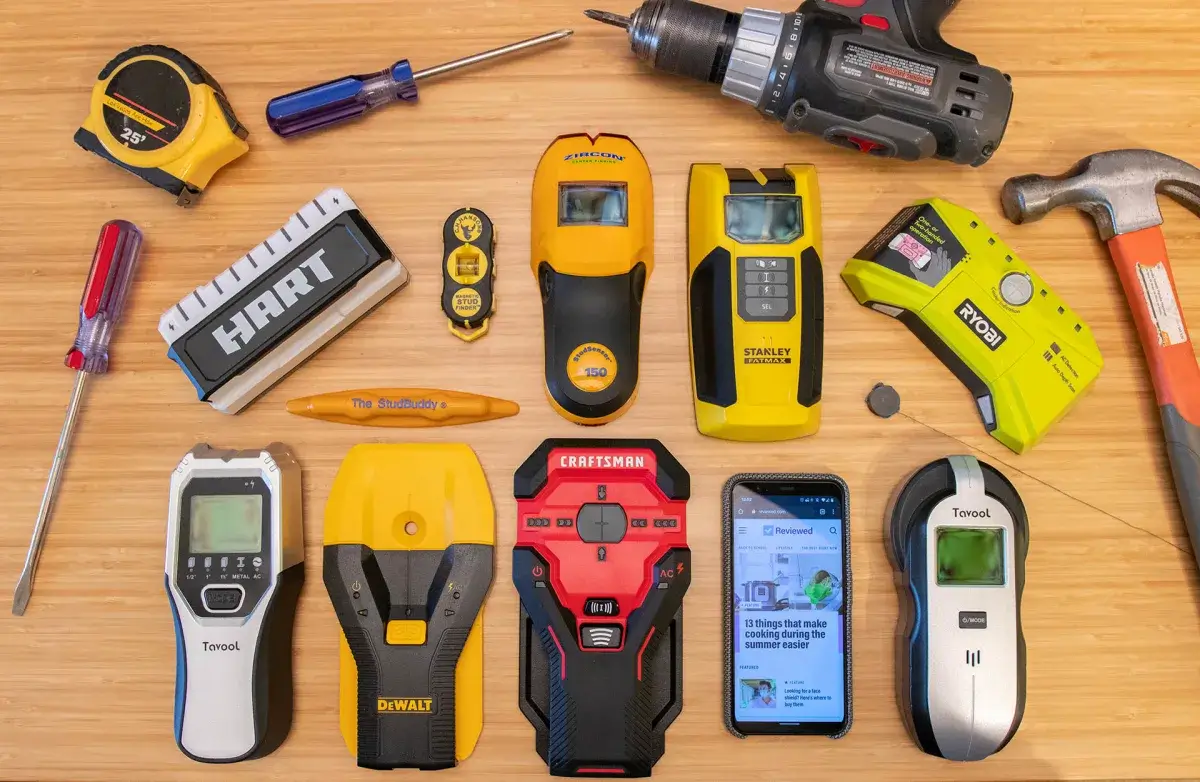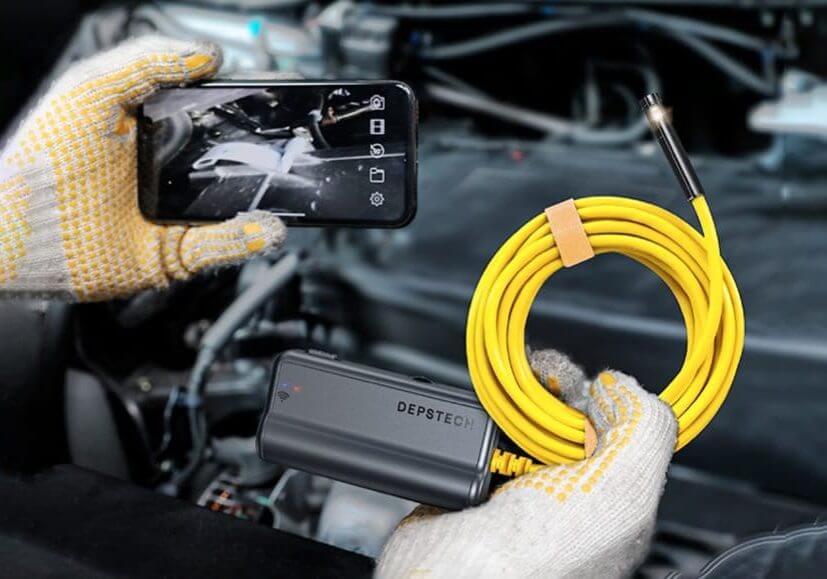Table of Contents

How to Trace Electrical Wires?
If you plan to hang a new light fixture or add an electrical outlet to a wall, it is essential to know where the electrical wires are located before drilling or cutting. We are mentioning some of the safest ways to trace electrical wires. However, you should remember that electrical safety is paramount, and one should not compromise on this. It is always better to hire professionals if you are unsure about your skills. Several devices and methods can be used to trace electrical wires. These are discussed below.
Non-Contact Voltage Detector:
These detectors are small devices that can detect electrical fields and help locate electrical wires behind walls. To use the detector, hold it near the wall and move it slowly along the surface. When it detects an electrical field, it will beep or light up, indicating the presence of live wires behind the wall.
Cable Tracer:
A cable tracer is a tool specifically for tracing electrical wires. It consists of a receiver and a transmitter. The transmitters send a signal through the wire, which the receiver can detect. To use a cable tracer, connect the transmitter to the wire at one end and then use the receiver to trace the wire through the wall.
Circuit Tracer:
A circuit tracer is a more advanced tool that can help trace electrical wires and circuits through walls. It is designed for professional electricians but can be helpful for anyone who needs to trace wires. A circuit tracer can locate breakers and fuses and identify the circuit for the wires in the wall.
Electrical Safety Certificates
24Hr Emergency Electricians
Our team of emergency response electricians are on call 24/7
Fair Price
Our pricing structure is transparent and affordable. We offering great value for money
Electrical Stud Finders
- An electrical stud finder is a device designed to detect the location of electrical wires in walls. It is similar to a regular stud finder but has the added ability to detect live electrical wiring. Here are some features of an electrical stud finder:
- Live Wire Detection: An electrical stud finder’s main feature is the ability to detect live electrical wiring behind walls. This is important for safety reasons, as drilling or cutting into a live wire can be dangerous. An electrical stud finder will beep or light up when it detects a live wire behind the wall.
- Multiple Scanning Modes: Some electrical stud finders have numerous scanning modes, including stud and metal detection. This allows you to use the same tool for various purposes, making it more versatile for your toolbox.
- LCD Display: An electrical stud finder may also have an LCD showing the electrical wire’s location and depth. This can be especially helpful if you must make precise cuts or drill holes.
- Auto Calibration: Many electrical stud finders have an auto-calibration feature, which helps to ensure accurate readings. This means that the stud finder will adjust to the specific conditions of the wall and the electrical system, providing more accurate results.
- Battery-Powered Electrical stud finders are battery-powered, making them portable and easy to use. However, keeping the batteries charged or replacing them regularly is essential to ensure that the stud finder is always functioning properly.
Using a Scope Camera to Trace Electrical Wires
A scope camera is a tool that can be used to trace electrical wires in walls. It is a handheld device that captures images and videos in hard-to-reach areas. Here are the steps to using a scope camera to trace electrical wires:
- Turn off the power: Before starting any electrical work. It is essential to turn off the power in the area you will be working in. This ensures you do not accidentally come into contact with a live wire and risk electrocution.
- Find an Access Point: You must find an access point to the wall cavity where the electrical wire is located. This can be an electrical outlet, switch, or another opening in the wall.
- Insert the Scope Camera: Insert the scope camera into the access point and slowly move it around the wall cavity. Use the camera’s controls to adjust the focus and direction of the lens until you can see the electrical wire.
- Trace the Wire: As you move the scope camera along the wire, take note of any turns or junctions in the wire. This can help you trace the wire back to its source.
- Mark the Location: Once you have located the electrical wire, mark its location on the wall surface with a pencil or tape. This makes future tracing convenient.
- Turn the Power Back On: Finally, turn the power back on and test the electrical circuit to ensure everything works properly. If you need to make any repairs or alterations to the electrical system, turn off the power again before doing so.


contact us now
if you need Any Assistance
We’re available to look after your electrical emergency 24h a day.
Using an Electric Wire Detector to Detect Wires
An electric wire detector is a device that can be used to detect electrical wires in walls. It is a handheld device designed to detect live electrical current to identify the presence of wires behind the surface of a wall. Here are the steps for using an electric wire detector to detect wires:
- Turn Off the Power: Before using the electric wire detector. It is essential to turn off the power in the area you will be working in.
- Choose the Appropriate Mode: Most electric wire detectors have different modes, such as metal detection, voltage detection, or stud detection. Choose the mode that is appropriate for detecting electrical wires.
- Calibrate the Detector: Before using the electric wire detector. It is important to calibrate it to the specific conditions of the wall and the electrical system. Follow the manufacturer’s instructions to calibrate the detector properly.
- Move the Detector: Along the Wall Starting at the top of the wall, move the detector slowly along the wall’s surface. Watch the detector display for any voltage or electrical current changes.
- Mark the Location of the Wires: Once you have located the electrical wires mark their location on the wall surface with a pencil or tape. This will make it easier to find the wires again in the future.
- Turn the Power Back On: Finally, turn the power back on and test the electrical circuit to ensure everything works properly. If you need to make any repairs or alterations to the electrical system, turn off the power again before doing so.
Using Blueprints to Trace Electrical Wires
Tracing electrical wires using blueprints is helpful when you need to locate wires that are not easily accessible or when you want to plan an electrical installation or renovation. Here are the steps for tracing electrical wires using blueprints:
- Gather the Blueprints: If you are tracing electrical wires in a building with blueprints available, gather those blueprints. If you need access to blueprints, you may need to create your own by mapping out the electrical system of the building.
- Identify the Electrical System: Identify the electrical system on the blueprints. This is typically indicated by lines or symbols representing wires, circuits, and electrical devices such as outlets and switches.
- Follow the Wires: Follow the lines or symbols on the blueprint representing the wires you want to trace. Use a coloured highlighter to mark the path of the wires as you go.
- Identify Junction Boxes: Identify junction boxes or other points where wires connect or split. Mark these on the blueprint as well.
- Trace the Wires on the Wall: Using the blueprint as a guide, trace the wires on the wall. This may involve opening the wall at certain points to access the wires.
- Mark the Wires: Once you have traced the wires, mark them on the wall surface with a pencil or tape.
Magnetic Stud Finders
Magnetic stud finders are a popular tool for locating studs in walls. However, they are not typically used for tracing electrical wires in walls. This is because electrical cables are not magnetic, so a magnetic stud finder could not detect them. Magnetic stud finders can only help you trace screws and bolts in your wall. Therefore, the tools mentioned above are more useful when you want to trace wiring.
